Do House Surveyors Check for Damp?
Why do surveyors check for damp?
Damp is a problem in itself, which can cause rot and mould, structural issues, pest infestation, health issues, damage to your belongings, and reduce the safety and value of your home. The reason it is one of the first things your surveyor will look for in a home survey is that it is often the first sign of a bigger root problem.
- In a home survey, your surveyor will look closely for visible signs of damp, including discolouration, condensation, and mould.
- If further investigation is required, they may recommend a specialist damp survey to fully assess the extent of the problem, identify the cause(s) and recommend remedial action with an estimated budget.
- Either of these surveys can be used to negotiate the purchase price down to reflect the cost of repair.
Damp can be a warning sign of:
- Poor ventilation;
- Faulty plumbing
- Blocked or broken drainage;
- Missing damp-proof course;
- Ground levels raised above damp proof course (sometimes due to rock or landslides toward to house);
- Damaged roof covering;
- Damaged wall facing (bricks, render, pointing, cladding, tiles, etc.);
- Structural cracking; or, perhaps worst of all,
- Subsidence (which may cost tens of thousands to fix).
Damp is just one of a plethora of defects that a skilled surveyor is trained to spot in your home survey when buying a house. A home survey of the appropriate level for your property is essential to confirm that there are no defects which could damage the value of your investment. Our survey team will help you choose the correct level survey at no extra charge.
How do surveyors check for damp?
How do surveyors check for damp in a home survey?
Your surveyor will look for apparent signs of damp including:
- Flaking paint work
- Peeling wallpaper
- Discoloration or watermarks on walls and ceilings
- Condensation
- Mould
- Blown brickwork
- Musty odours
Surveyors may also take a small number of moisture meter readings where indicators are present. They will flag any defects or causes for concern, including damp problems, in the survey report.
How do surveyors check for damp in a specialist survey?
If damp is identified in a home survey, your surveyor will recommend a specialist damp and timber survey. It is in the interest of both buyer and seller to have a specialist damp survey done, to accurately understand the extent of the problem and the cost of remediation, allowing both parties to agree on a fair reduction in the sale price. Alternatively, the seller may opt to carry out the work themselves, rather than budge on the price.
The damp and timber surveyor will carry out a more thorough inspection, informed by the home survey report. The external inspection includes an assessment of:
- Render and pebble dash, for cracks or faults;
- Bricks or blocks and pointing, for cracks or faults;
- Damp proof course, whether present or hindered;
- Windows and doors, for decay or sealant faults;
- Downpipes and guttering, for leaks or blockages; and
- Roof coverings, for cracked or missing tiles or faults.
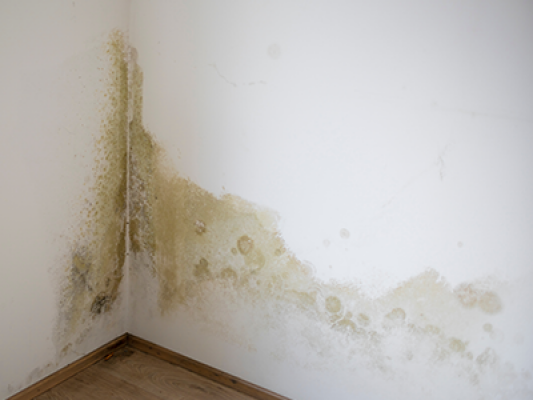
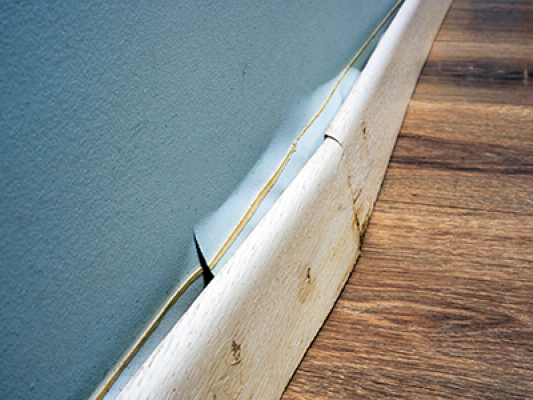
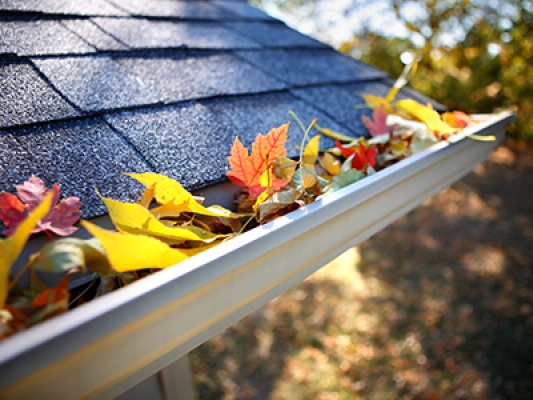
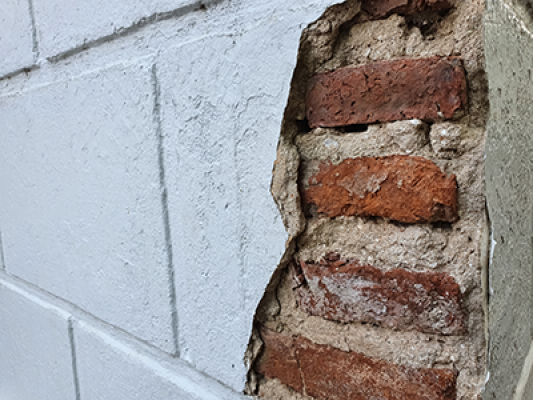
The internal inspection includes visual checks, more extensive damp meter readings and thermal imaging. They will prepare a specialist report with:
- an assessment of rising damp, including damp proof course or likeliest damp proofing based on original construction (where not visible or accessible), ground levels, internal and external wall finishes, chimney breasts & finishes;
- an assessment of penetrating damp above and below ground level, including specifically identified faults in the external skin of the building which are allowing water ingress;
- an assessment of timber decay & woodworm infestation, sub-floor ventilation and solid floors;
- a summary of primary and sub-prime sources of moisture, and recommendations for management;
- recommended repairs and refinishing required for each issue flagged, with either estimated budget or advice to seek multiple quotes from building contractors;
- advice for the handling of concealed timber if it is discovered to be rotten during recommended works; and
- Photos to illustrate the above.
Do surveyors check every wall for damp?
Surveyors will check visible walls, floors and ceilings, but they won't necessarily use moisture meters on every wall. If there are no apparent indicators of damp, moisture readings may be taken at random.
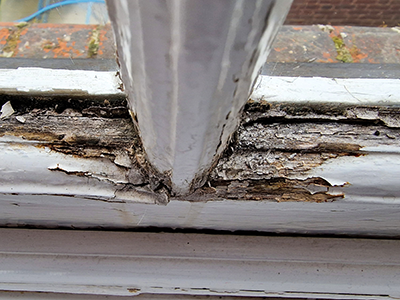
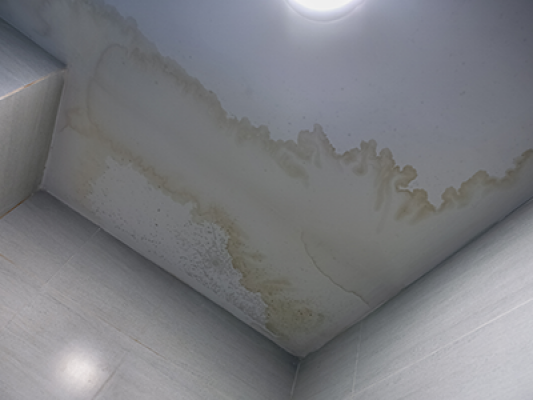
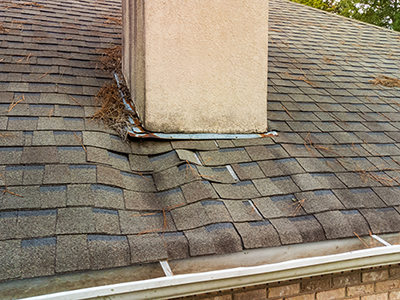
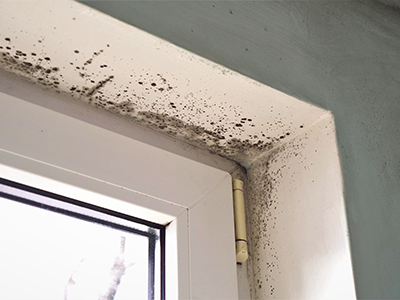
Can you hide damp from a surveyor?
Hiding damp to sell a house is illegal. The seller must declare any problems to the buyer in the TA6 form. If the buyers can get a clear idea of the extent of the problem, the transaction can continue with a fair price adjustment. If the seller is obstructive, the buyer may pull out. If the seller misrepresents the property by hiding damp or other defects, and the buyer suffers as a result (i.e. having to pay for expensive repairs after completion) they can sue for the damages.
Does damp devalue a property?
Damp can devalue a property. It is always advised that you repair any causes and symptoms of damp before selling. The longer damp is left unaddressed, the worse it can become; it is best to address any damp problems as soon as they arise to limit the extent it can devalue the property.
Caragh is an excellent writer and copy editor of books, news articles and editorials. She has written extensively for SAM for a variety of conveyancing, survey, property law and mortgage-related articles.
Andrew started his career in 2000 working within conveyancing solicitor firms and grew hands-on knowledge of a wide variety of conveyancing challenges and solutions. After helping in excess of 50,000 clients in his career, he uses all this experience within his article writing for SAM, mainstream media and his self published book How to Buy a House Without Killing Anyone.









